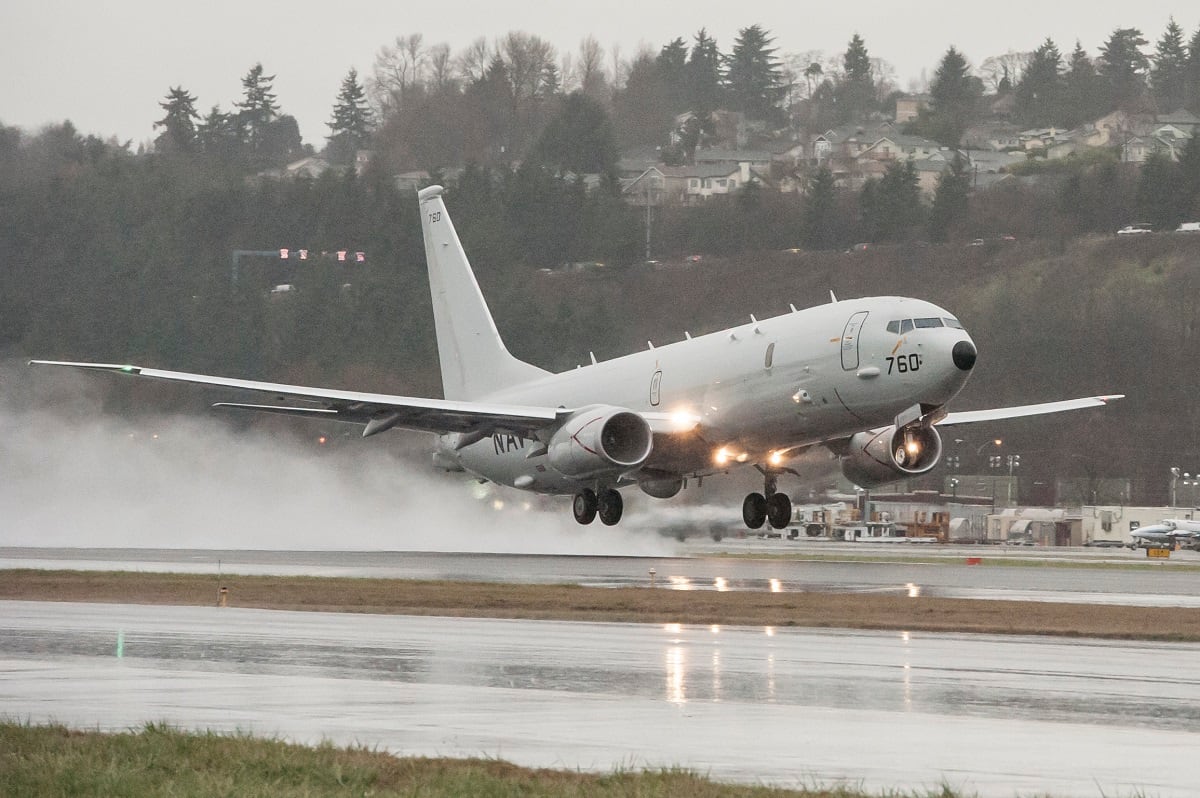MELBOURNE, Australia — Prime Minister Malcolm Turnbull announced on June 26 that the Australian government will purchase six Northrop Grumman MQ-4C Triton unmanned surveillance aircraft.
The initial investment in the Triton capability is AU$1.4 billion (U.S. $1.03 billion), which includes AU$200 million to enter into a cooperative development program with the U.S. Navy; and AU$364 million for major infrastructure works at two Royal Australian Air Force bases.
The total cost of the deal, including whole of life sustainment costs, is estimated to be AU$6.9 billion Australian dollars (U.S. $5.1 billion).
The first aircraft will be delivered in 2023 and the last in 2025. They will be based at RAAF Base Edinburgh in South Australia and at Tindal in the Northern Territory, but are also likely to be forward-deployed to other airfields around the continent, including a string of bare bases to the north and north-west.
The announcement marks the Gate 2 milestone in the Australian Defence’s Force’s Air 7000 Phase 1B program, which seeks to acquire a high altitude, long endurance maritime surveillance platform to complement its eventual fleet of 12 Boeing P-8A Poseidon manned maritime patrol aircraft.
Australia’s Triton program earlier achieved Gate 1 approval in 2014, and the 2016 Defence White Paper affirmed the government’s commitment to the acquisition of the capability, subject to the successful completion of the U.S. Navy’s Triton development program. At that time the requirement was for seven Tritons , one less than the six announced yesterday, and was initially capped at AU$4 billion, although this did not include through-life sustainment costs.
“The Triton will complement the surveillance role of the P-8A Poseidon aircraft through sustained operations at long ranges as well as being able to undertake a range of intelligence, surveillance and reconnaissance (ISR) tasks,” according to a joint statement by Prime Minister Turnbull, Minister for Defence Marise Payne and Minister for Defence Industry Christopher Pyne. “Together these aircraft will significantly enhance our anti-submarine warfare and maritime strike capability, as well as our search and rescue capability.”

Minister Pyne said that the Triton will be responsible for surveillance of Australia’s areas of maritime responsibility, which represents over 10 percent of the world’s surface. “They will provide surveillance and reconnaissance across the Indian Ocean, the Pacific Ocean and the Southern Ocean as far as Antarctica,” he said.
“Triton provides unprecedented endurance and 360-degree coverage through its unique sensor suite,” commented Doug Shaffer, Northrop Grumman’s vice president of Triton programs. “Australia has one of the largest sea zones in the world over which it has rights to use marine resources, also known as an Economic Exclusion Zone. As a flexible platform, Triton can serve in missions as varied as maritime domain awareness, target acquisition, fisheries protection, oil field monitoring and humanitarian relief.”
The Australian Defence Force estimates Triton is capable of establishing a ten-hour orbit in the Southern Ocean, south of Heard Island, or similar efforts to the north of Guam and to the East of Fiji in the Pacific Ocean, from bases around the country.
Australia is interested in the multi-intelligence (MULTI-INT), also known as integration functional capability 4 version of the Triton. This features several enhancements over the baseline aircraft and includes a signals intelligence payload which, in U.S. Navy service, is intended to replace the Lockheed EP-3E Aries surveillance platform.
The cooperative development program Australia has signed with the U.S. Navy is similar to the agreement it has with the Navy regarding P-8A spiral development and will seek to influence the further development of the MULTI-INT Triton to meet Australia’s specific needs. Items of interest are understood to include the integration of a weather radar system, for prolonged operations in tropical conditions where daily thunderstorms are a fact of life, and a ground moving target indicator to facilitate overland ISR missions in addition to the blue water maritime surveillance role.
“This cooperative program will strengthen our ability to develop advanced capability and conduct joint military operations,” Prime Minister Turnbull said.
Nigel Pittaway is the Australia correspondent for Defense News.






